What is the Oddest Positioning You’ve Ever Had to Use During a Cataract Surgery Procedure?

Cathleen M. McCabe, MD
• The Eye Associates, Bradenton and Sarasota, Florida
"I have had a couple of really difficult positioning situations (Figures 1 and 2). I once had a patient who was so kyphotic I had to operate with the patient sitting upright and the microscope pointing horizontally (rather than vertically) for one eye and actually pointing up for the other eye. In this position, my arms had to be fully stretched out while operating (see Watch It Now).
I also had a patient many years ago who sat in the wheelchair with their head tilted back on a Mayo stand behind them, and I operated standing up on the temporal side.”
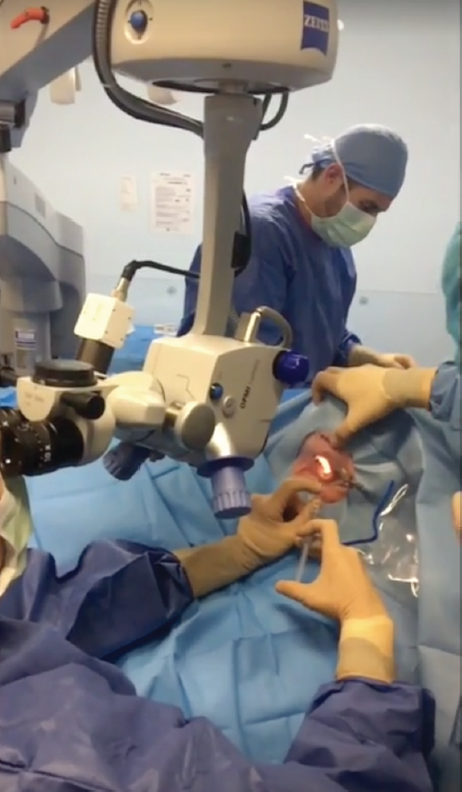
Figure 1. Surgical equipment is modified to accommodate the patient’s unique anatomy.
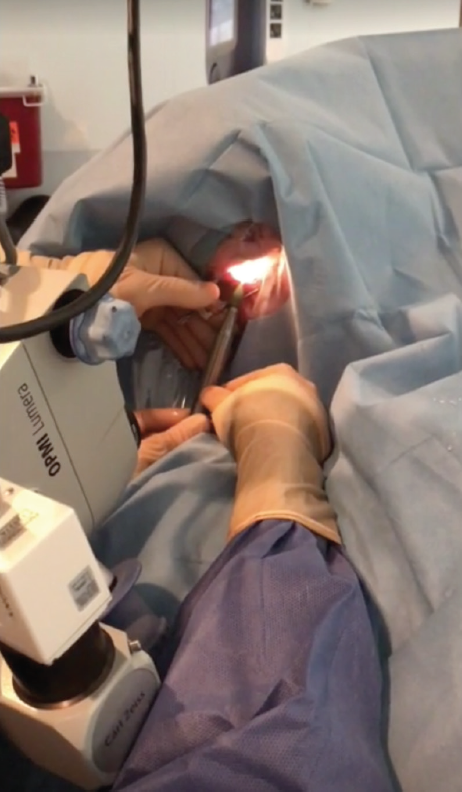
Figure 2. Cataract surgery is performed on a patient who is unable to recline.
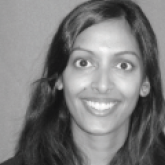
Sumitra S. Khandelwal, MD
• Baylor College of Medicine, Cullen Eye Institute, Houston
"While pregnant with my twins, I could not fit under the bed to operate, so I sat side-saddle at one surgical center and stood up at another. In hindsight, I think ocular extenders on the scope or 3D heads-up surgery would have solved that problem!”

Kevin M. Miller, MD
• David Geffen School of Medicine at UCLA, Jules Stein Eye Institute, Los Angeles
"I have had numerous cases with odd positioning over the years. I will quickly highlight three of my most unusual cases.
• Phaco With Loupes
This case involved a young lady with posterior subcapsular cataracts and terrible interstitial lung disease. She was unable to lie down even slightly. A resident and I had to perform surgery on her while she sat completely upright on the operating table, using loupes and a headlamp illuminator (Figure 1).
• Pillow Case
In another case, I treated a patient who had kyphosis. His back was bent in a U shape. He was completely unable to sit up straight or lie flat. I performed his surgery by placing many pillows beneath his buttocks, legs, and head (Figure 2).
• Pillows and Tape
The third unusual case involved a patient with a neck fracture. His head was at almost a 90° angle from the rest of his body. In order to successfully perform cataract surgery, I needed to use a lot more pillows and a lot more tape than the previous case (Figure 3).”
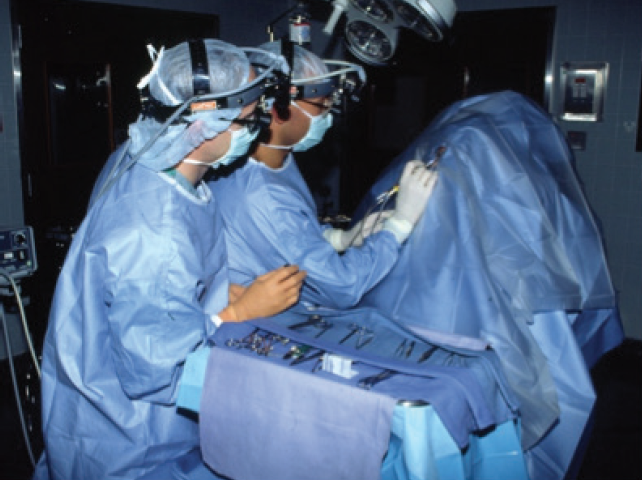
Figure 1. Cataract surgery performed on a patient sitting upright on the operating table.

Figure 2. Pillows used to position a patient with kyphosis for cataract surgery.
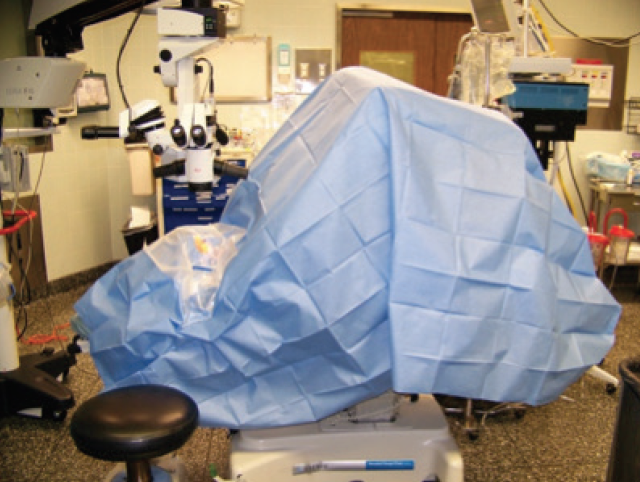
Figure 3. Cataract surgery performed on a patient with a bad neck fracture.




